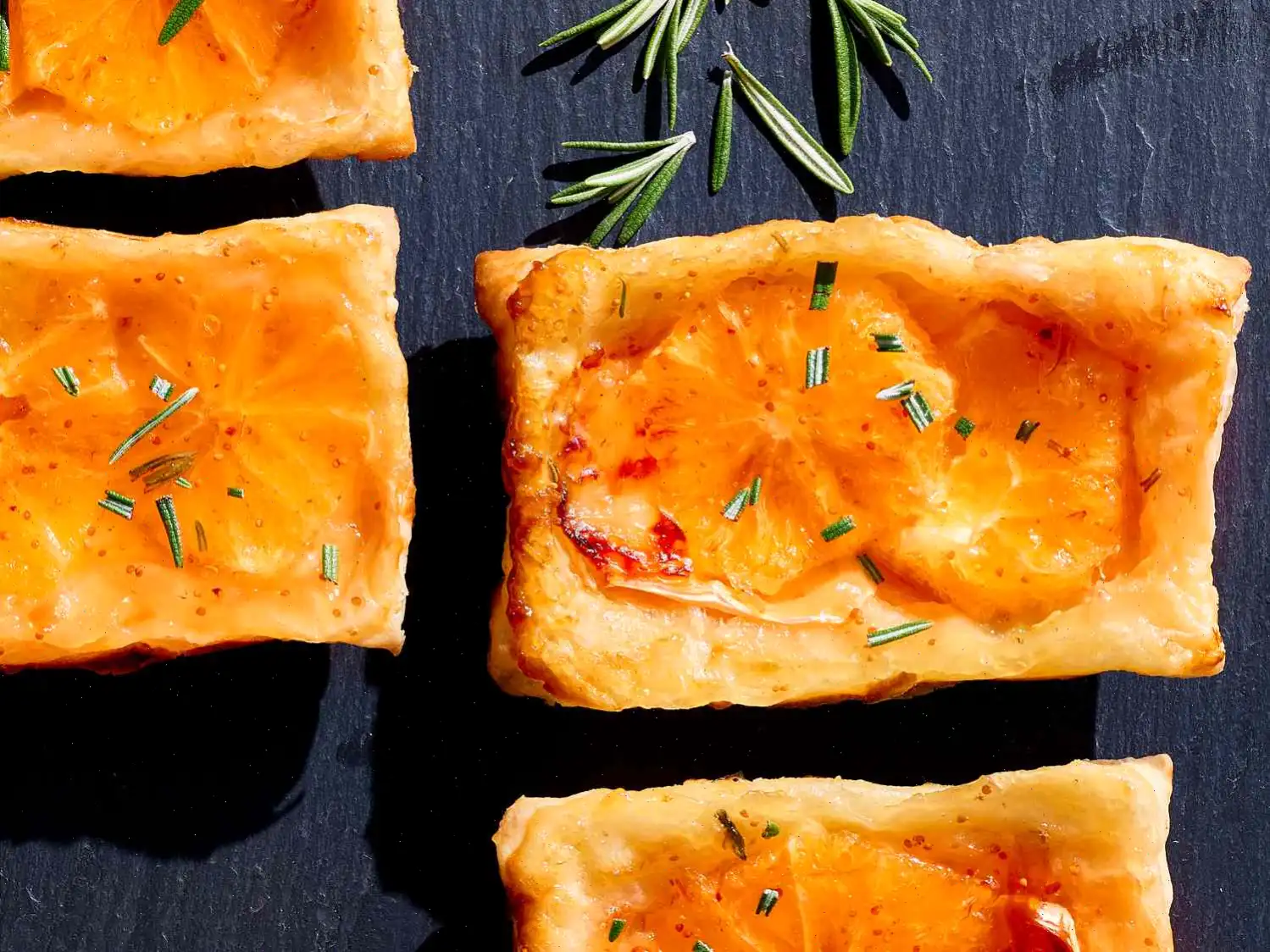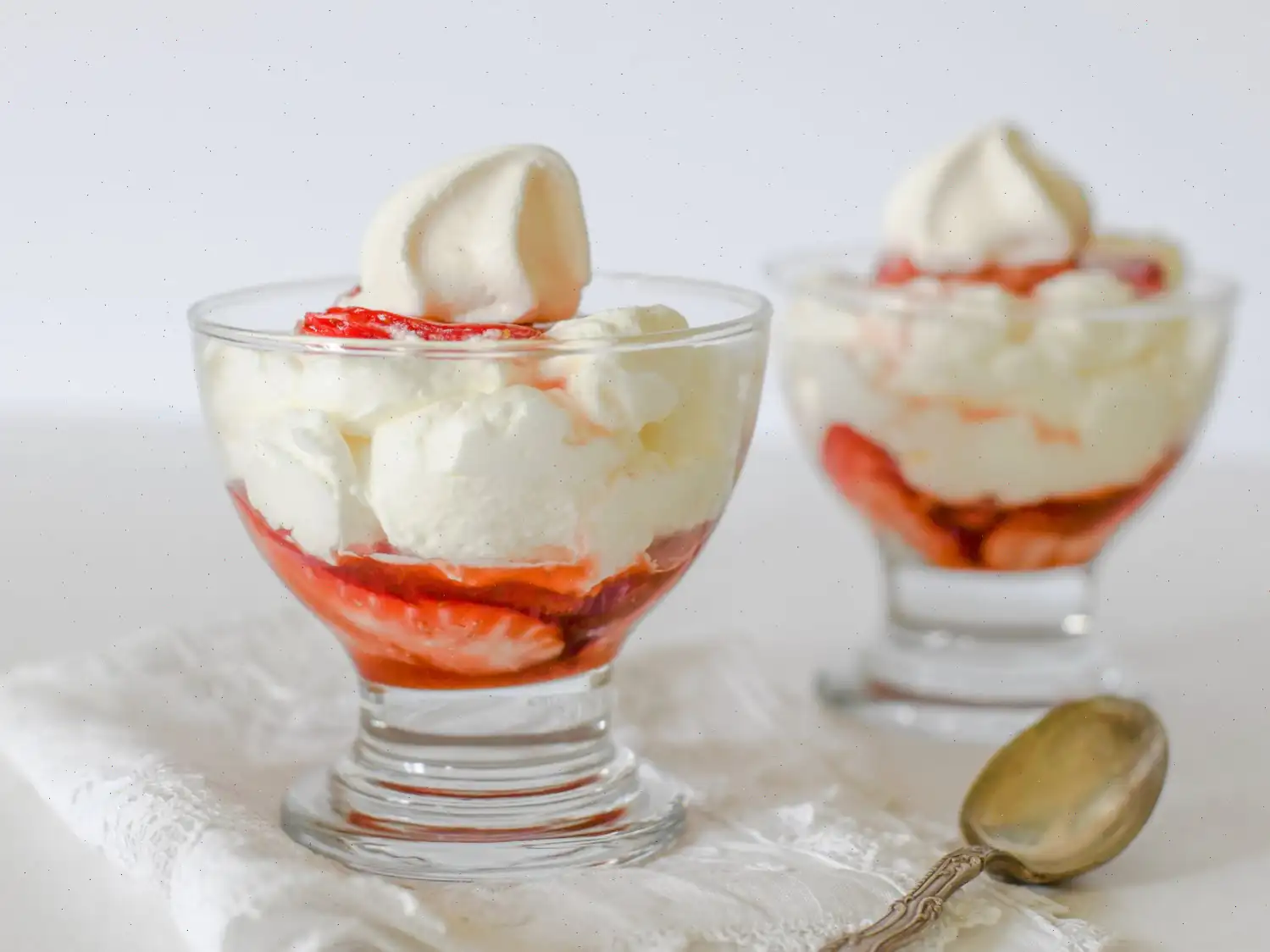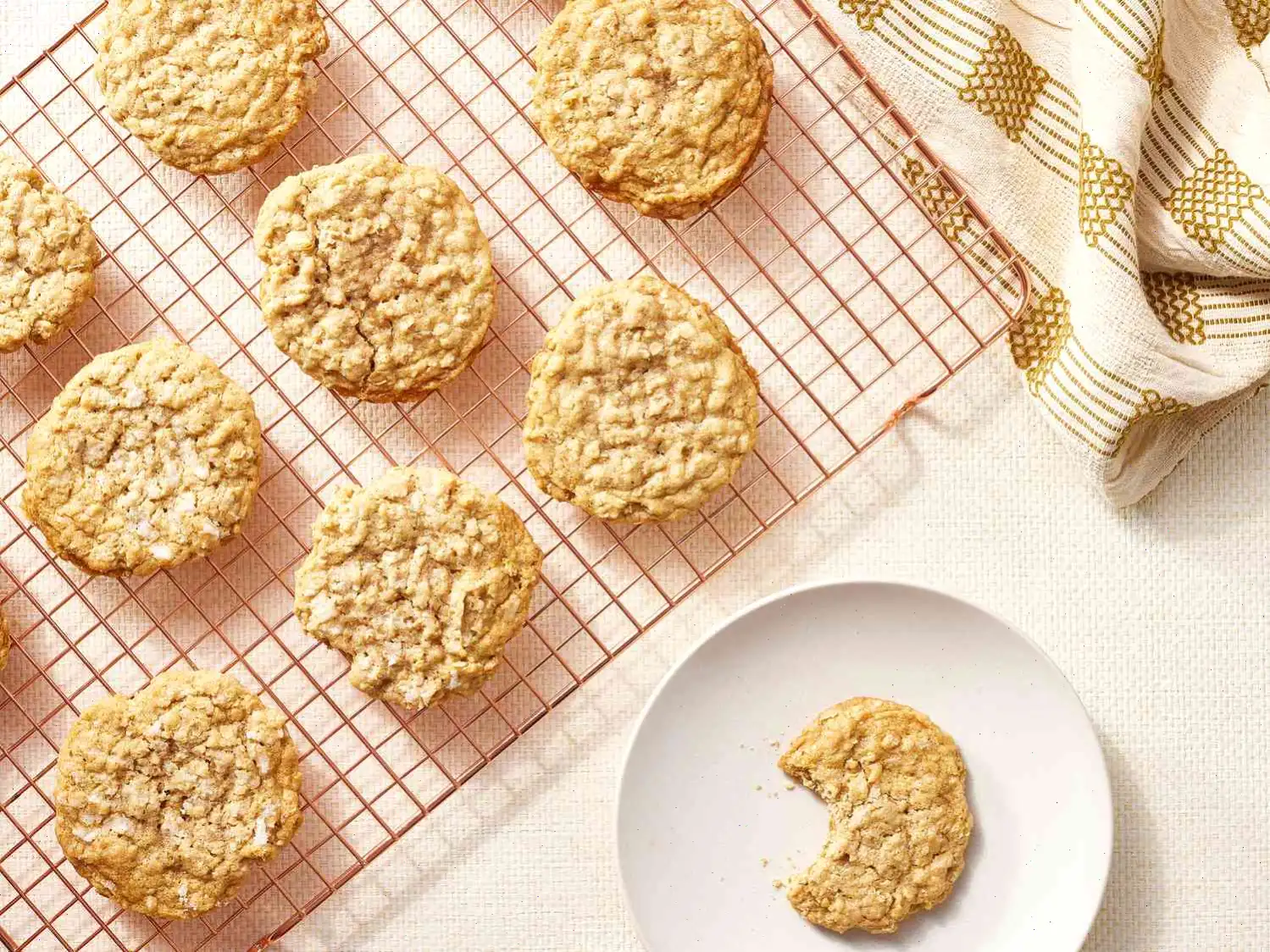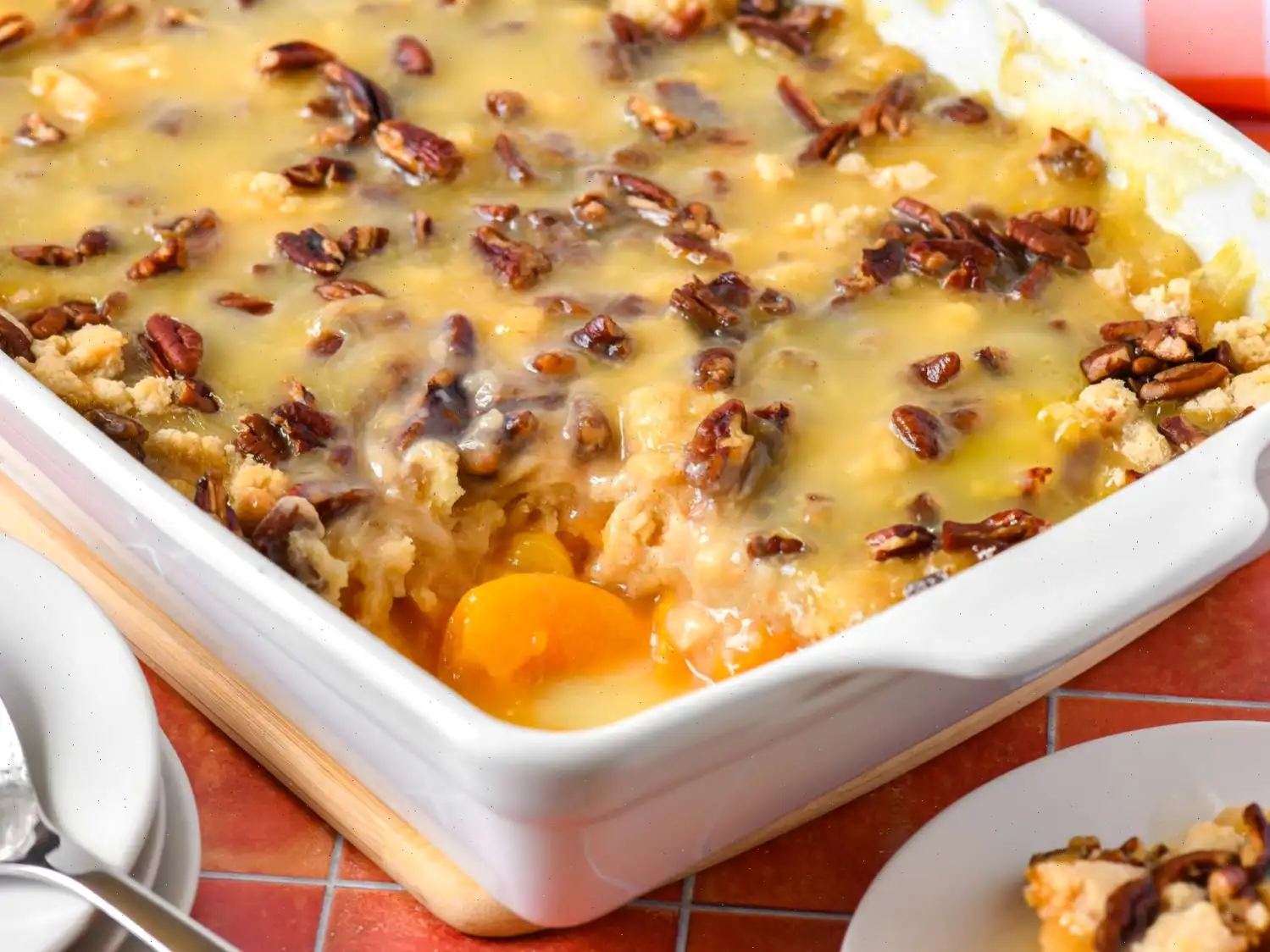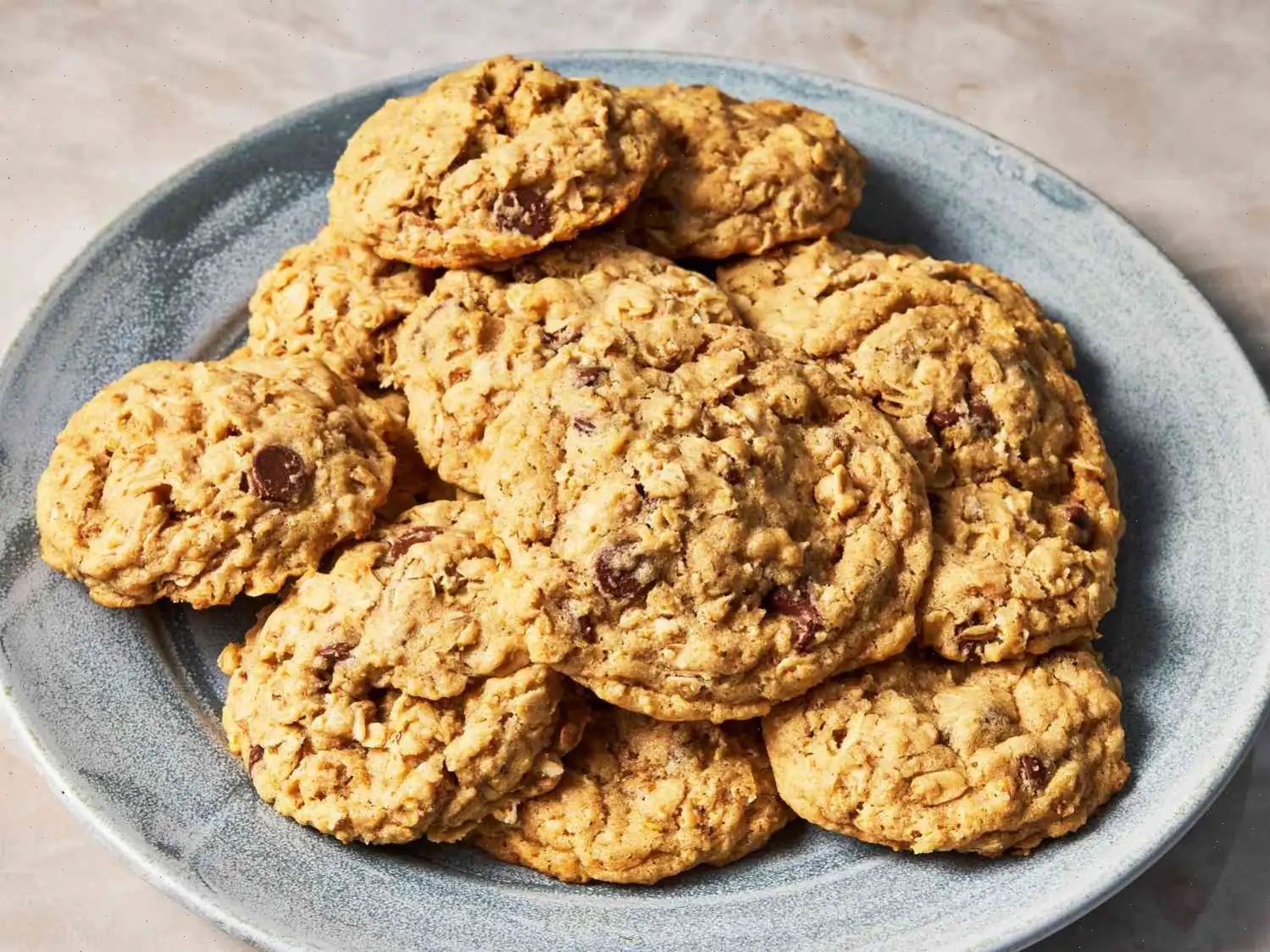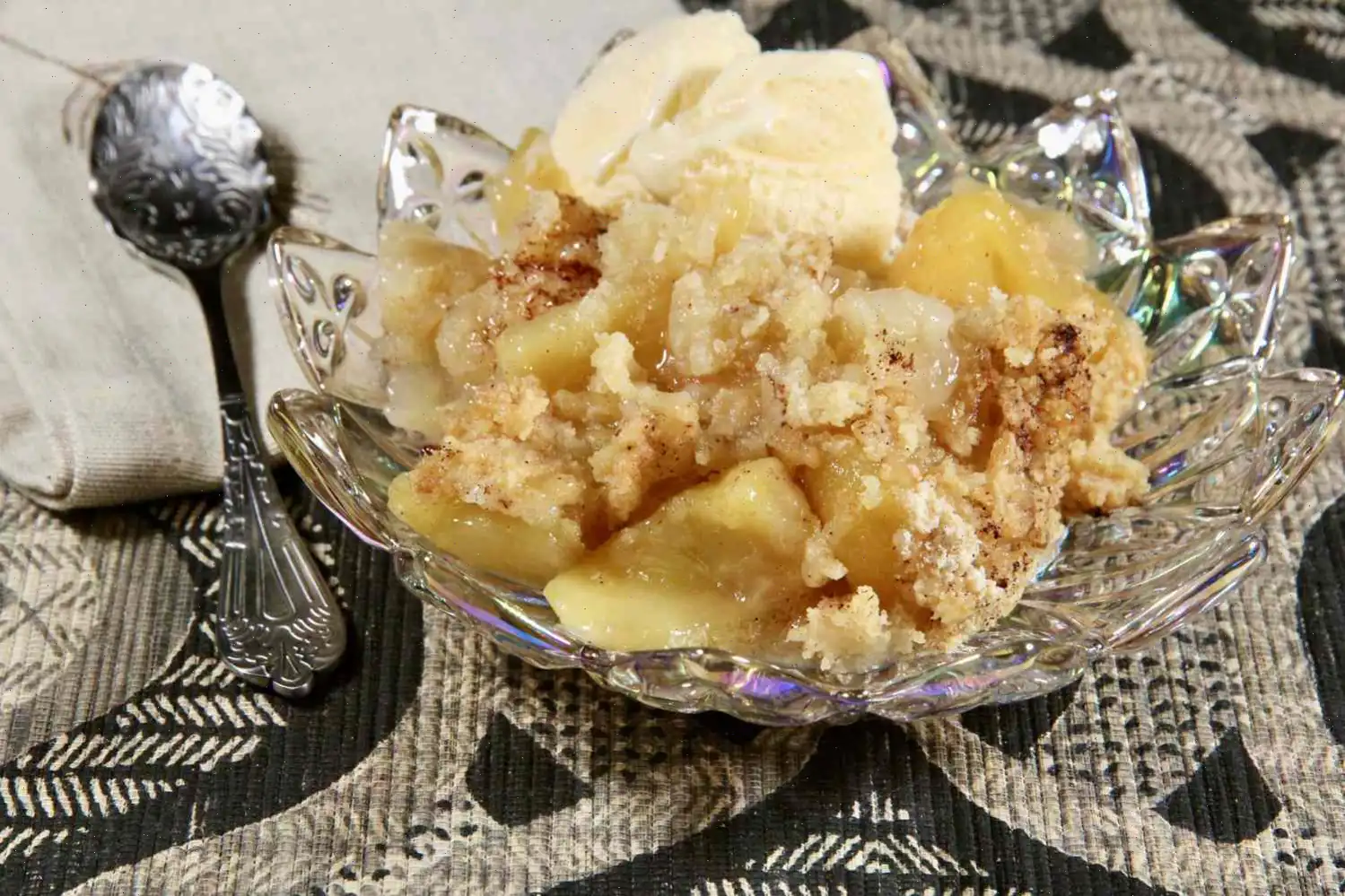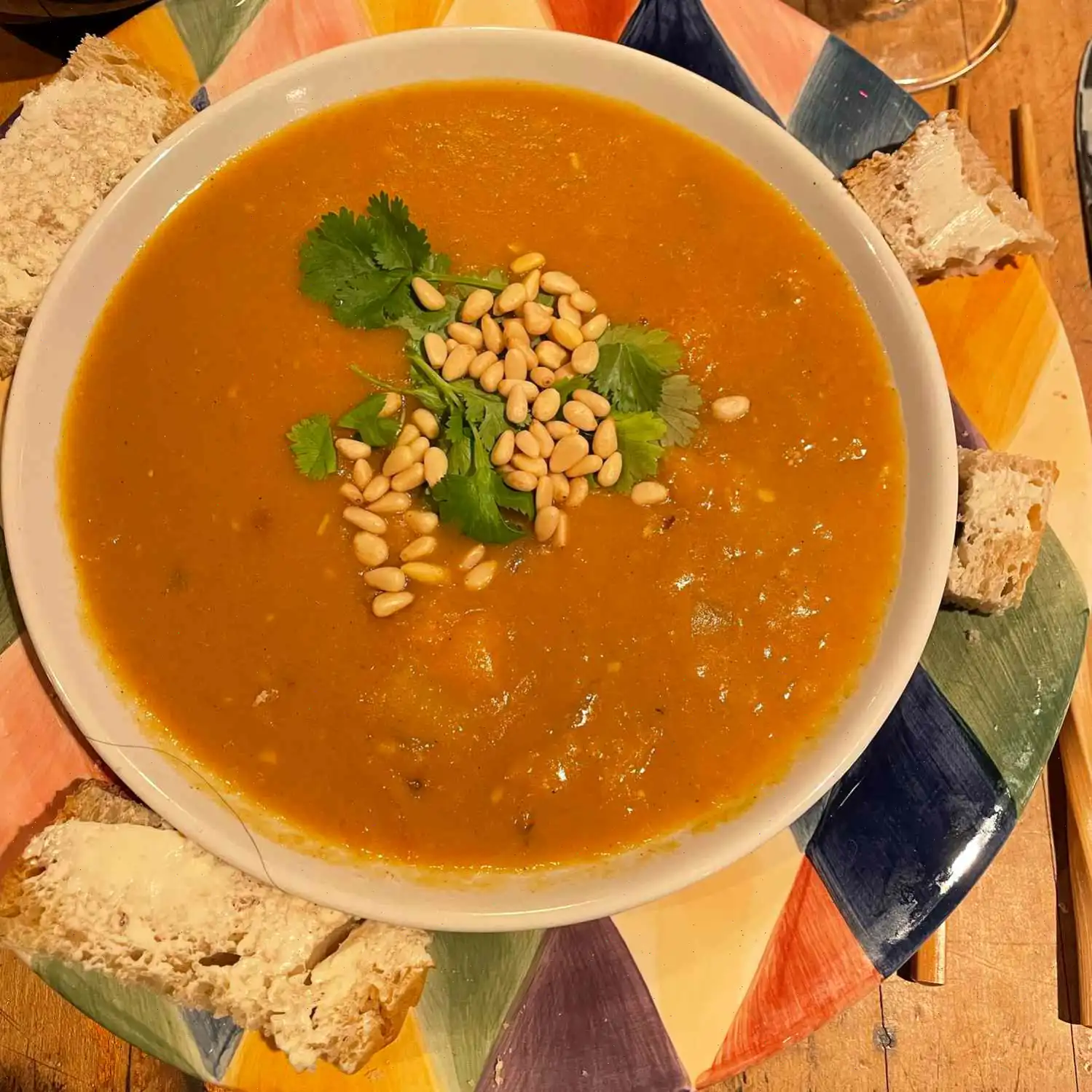
Ginger-Orange Upside-Down Tarts Recipe
Ingredients:
- 2 oranges
- 1/4 cup fig jam
- 5 1/2 tablespoons honey
- 1 teaspoon minced crystallized ginger
- 1/2 teaspoon chopped fresh rosemary, plus more for garnish
- 3 ounces Brie cheese, cut into 6 (1/4-inch-thick) slices
- 1 sheet frozen puff pastry dough, thawed
- 1 large egg, lightly beaten
Directions:
- Preheat the oven to 400F (200C). Line a large baking sheet with parchment paper.
- Peel the oranges, removing both the peel and the white pith, then cut them crosswise into 1/2-inch thick slices.
- In a small bowl, stir together the fig jam, honey, minced crystallized ginger, and chopped rosemary.
- Spread about 2 tablespoons of the jam mixture into 6 small rectangles (approximately 2x3 inches) on the parchment paper, leaving about 2 inches between each rectangle. Reserve the remaining jam mixture for later topping.
- Place 1 or 2 slices of orange and 1 slice of Brie cheese on top of each jam rectangle.
- Cut the puff pastry dough into 6 equal rectangles. Use a fork to prick the dough all over.
- Place a rectangle of puff pastry over each filling stack, gently stretching it to cover. Press the edges into the parchment to seal in the filling.
- Brush the puff pastry with the lightly beaten egg.
- Bake the tarts for about 25 minutes or until the pastry is golden brown. If needed, loosely cover with foil during the last 10 minutes of baking to prevent over-browning.
- Allow the tarts to cool for 5 minutes. Using a spatula, carefully turn each tart over.
- Thin the reserved jam mixture with a small amount of water to achieve a drizzling consistency. Spoon this mixture over the tarts and garnish with additional rosemary.
Know Your Dough:
Puff pastry is a laminated dough, meaning it's made of hundreds of layers of butter (or sometimes oil) and dough. As the pastry bakes, steam from the butter causes the dough to puff up, creating a delicate, flaky texture with airy pockets.
Nutrition Facts (per serving):
| Calories | 307 |
| Total Fat | 7g |
| Saturated Fat | 3g |
| Cholesterol | 45mg |
| Sodium | 121mg |
| Total Carbohydrate | 60g |
| Dietary Fiber | 5g |
| Total Sugars | 44g |
| Protein | 7g |
| Vitamin C | 136mg |
| Calcium | 124mg |
| Iron | 1mg |
| Potassium | 489mg |
* Percent Daily Values are based on a 2,000 calorie diet. Your daily values may be higher or lower depending on your calorie needs.
History of the Ginger-Orange Upside-Down Tart
The Ginger-Orange Upside-Down Tart combines traditional pastry techniques with innovative flavor combinations. The concept of "upside-down" desserts dates back to the 19th century, where the idea of caramelizing fruit under pastry dough became popular. Though upside-down cakes like the famous pineapple version became iconic, the combination of ginger and orange in this dessert is a relatively modern twist, popularized by the fusion of fresh fruits and aromatic spices in American pastry culture. The bright, zesty orange and the spicy warmth of crystallized ginger create a harmonious flavor that surprises and delights.
Regional Variations
While the upside-down tart is largely associated with American baking traditions, its roots can be traced to various regional European desserts. The use of puff pastry, an essential component of this recipe, is linked to French patisserie. The addition of fresh rosemary and honey, however, highlights the growing trend in the U.S. of incorporating fresh herbs and artisanal ingredients into dessert making. In some Mediterranean countries, similar desserts might feature local fruits like figs or citrus, but the use of ginger and Brie cheese sets this recipe apart.
What Sets Ginger-Orange Upside-Down Tarts Apart?
Unlike classic upside-down cakes, which typically use butter and sugar to create a caramelized fruit base, the Ginger-Orange Upside-Down Tart features a combination of fig jam, honey, and rosemary that provides a rich yet savory-sweet base. The Brie cheese adds an unexpected creamy richness that complements the tartness of the oranges. The use of puff pastry instead of a traditional cake batter gives these tarts a delicate, flaky texture, making them feel more like a sophisticated pastry than a casual cake. The balance of fruit, cheese, and spices is a unique twist that gives this dessert its distinctive flavor.
Where Are These Tarts Typically Served?
These tarts are perfect for a special occasion, such as a dinner party, holiday gathering, or afternoon tea. Their individual portion size makes them ideal for elegant plating, while their rich flavors make them a memorable choice for dessert. You might find them served in upscale restaurants or boutique cafes that specialize in fusion or contemporary American cuisine. They are also an excellent choice for a festive brunch or a light summer dessert, thanks to their refreshing citrus flavor and the lightness of puff pastry.
Interesting Facts About the Ginger-Orange Upside-Down Tarts
- The combination of ginger and orange has long been favored in both savory and sweet dishes. The pairing is especially common in Asian and Mediterranean cuisine, where the spices complement the bright flavors of citrus fruits.
- Puff pastry, the foundation of this tart, was invented in France during the 17th century. It remains one of the most popular doughs for creating light, flaky pastries used in everything from croissants to savory pies.
- The technique of flipping the tart after baking allows the sugar and fruit juices to caramelize underneath the dough, creating a unique texture and flavor profile that sets this dessert apart from other fruit-based tarts.
- Brie cheese, an unexpected addition to a dessert, provides a creamy richness that contrasts beautifully with the tartness of the oranges and the sharpness of the ginger. It is also a nod to French culinary influence, where cheese is often incorporated into both savory and sweet dishes.


